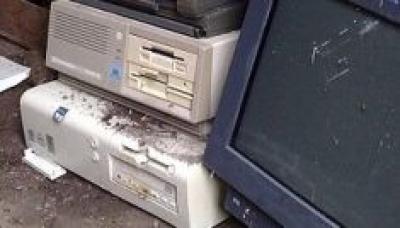UK Government Bodies Urged To End “Dirty IT”

Our 21st century industry relies on mediaeval disposal systems which cause illness and death in the developing world, a conference was told
Local government and other bodies were urged yesterday to put a stop to “dirty IT”, as part of their green commitment.
While the UK government is encouraging users to keep their IT kit longer in order to save money and reduce their environmental impact, producing less waste would also reducing suffering in the developing world, where e-waste is often illegally dumped and reprocessed in ways which cause illness and death, delegates were told at yesterday’s Government ICT conference in London.
“We have a 21st century industry, but its waste is dealt with by a mediaeval system in the developing world,” said Catalina McGregor, the UK Government’s deputy champion for green ICT, who showed the horrific conditions of Third World e-waste workers in a Greenpeace video.
A lot of e-waste is sent to China, India and Africa, but much of it is falsely declared as second hand goods for re-use, to avoid rules on the treatment of e-waste. This problem of mis-reporting has been raised by other groups including Computer Aid, which ships refurbished PCs to the developing world, legitimately.
“People in developed countries bring them here, ostensibly to bridge the digital gap – but in actual fact, they are creating a digital dump.” said Mike Anane, e-waste expert in Ghana, in another Greenpeace video.
Extending the life of IT kit to five years or more is being represented as “sweating the assets” to get better value, but the financial and efficiency argument is open to criticism.
At the Government ICT conference, speakers from Ark Continuity presented figures that showed new equipment is so much more efficient than the old systems, that it is more cost-effective for the data centre to replace it in less than three years. The savings in electricity pay for the replacement.
However, McGregor believes the argument should be broadened to include the whole lifetime cost of the system, including its manufacture and disposal.
